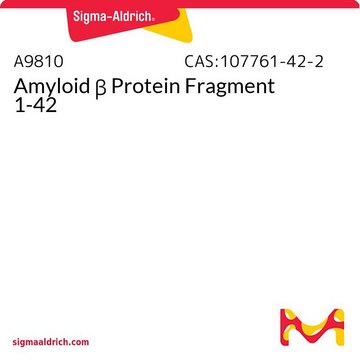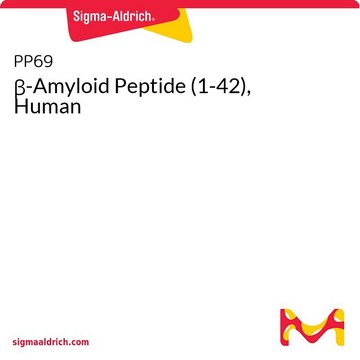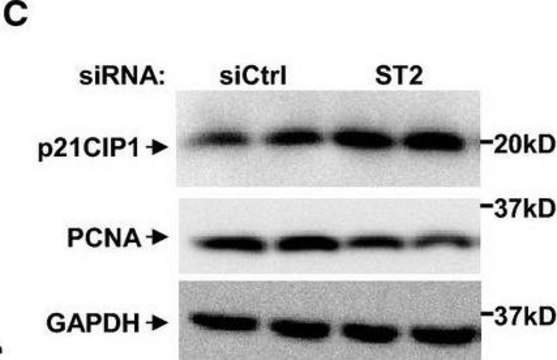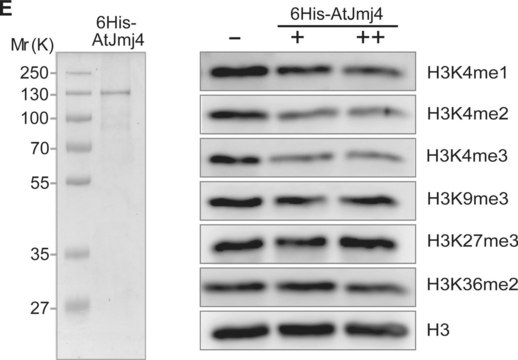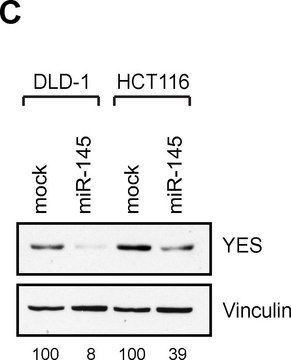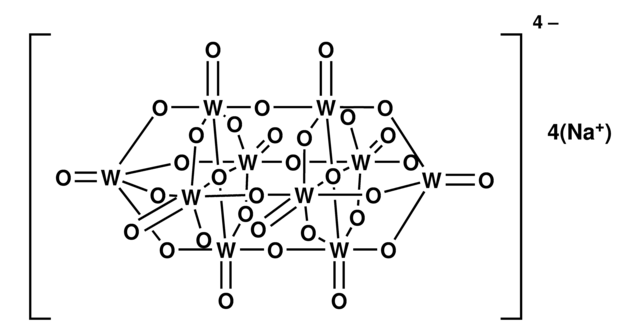C1617
C Reactive Protein human
recombinant, expressed in E. coli, liquid
Synonyme(s) :
CRP
Se connecterpour consulter vos tarifs contractuels et ceux de votre entreprise/organisme
Sélectionner une taille de conditionnement
1 MG
₩216,906
5 MG
₩747,040
₩216,906
Veuillez contacter notre Service Clients pour connaître la disponibilité de ce produit.
Nouveau : prix en baisse pour cet article !
Demander une commande groupée
Sélectionner une taille de conditionnement
Changer de vue
1 MG
₩216,906
5 MG
₩747,040
About This Item
₩216,906
Veuillez contacter notre Service Clients pour connaître la disponibilité de ce produit.
Nouveau : prix en baisse pour cet article !
Demander une commande groupée
Service technique
Besoin d'aide ? Notre équipe de scientifiques expérimentés est là pour vous.
Laissez-nous vous aiderProduits recommandés
Description générale
C-reactive protein (CRP), a homopentameric acute-phase inflammatory protein, is produced mainly in liver hepatocytes. This highly conserved plasma protein is also produced by smooth muscle cells, macrophages, endothelial cells, lymphocytes, and adipocytes. It belongs to the pentraxin family.[1]
Application
C Reactive Protein human has been used:
- as a component in differentiation medium to study the effects of C-reactive protein (CRP) on the size of myotubes and myotube mixed protein synthesis (MPS)[2]
- to study the influence of serum CRP level from elderly on endothelial cell proliferation in human umbilical vein endothelial cells (HUVEC)[3]
- to study the roles and connections of nicotine, monocytic interleukin 6 (IL-6), α7 nicotinic acetylcholine receptor (α7-nAChR), and CRP in the development of coronary artery spasm (CAS)[4]
Actions biochimiques/physiologiques
C-reactive protein (CRP) is a protein that could precipitate the C-polysaccharide of pneumococcal cell walls. CRP is widely used as a clinical marker of the state of inflammation, since its production by hepatocytes increases during the acute phase of the inflammatory response.
C-reactive protein (CRP) plays a key role in the complement pathway, apoptosis, phagocytosis, nitric oxide (NO) release, and the production of interleukin-6 and tumor necrosis factor-α. It participates in the uptake of low-density lipoprotein in macrophages. CRP levels are elevated in people suffering from appendicitis, cholecystitis, pancreatitis, and meningitis. It plays a vital role in the pathophysiology of cardiovascular disease. Hence it is used as a marker of infection and cardiovascular events.[1]
Remarque sur l'analyse
A highly purified protein and made by a fermentation process using genetically modified E. coli.
Code de la classe de stockage
10 - Combustible liquids
Classe de danger pour l'eau (WGK)
nwg
Point d'éclair (°F)
Not applicable
Point d'éclair (°C)
Not applicable
Faites votre choix parmi les versions les plus récentes :
Déjà en possession de ce produit ?
Retrouvez la documentation relative aux produits que vous avez récemment achetés dans la Bibliothèque de documents.
Les clients ont également consulté
Lan Zhang et al.
The journal of physical chemistry. B, 112(30), 8950-8954 (2008-07-03)
Peptide self-assembly on substrates is currently an intensively studied topic that provides a promising strategy for fabrication of soft materials and is also important for revealing the surface chemistry of amyloidogenic proteins that aggregate on cell membranes. We investigated the
Seung-Pil Yang et al.
Journal of neurochemistry, 93(1), 118-127 (2005-03-19)
beta-amyloid (Abeta) is a major component of senile plaques that is commonly found in the brain of Alzheimer's disease (AD) patient. In the previous report, we showed that an important angiogenic factor, vascular endothelial growth factor (VEGF) interacts with Abeta
Notre équipe de scientifiques dispose d'une expérience dans tous les secteurs de la recherche, notamment en sciences de la vie, science des matériaux, synthèse chimique, chromatographie, analyse et dans de nombreux autres domaines..
Contacter notre Service technique